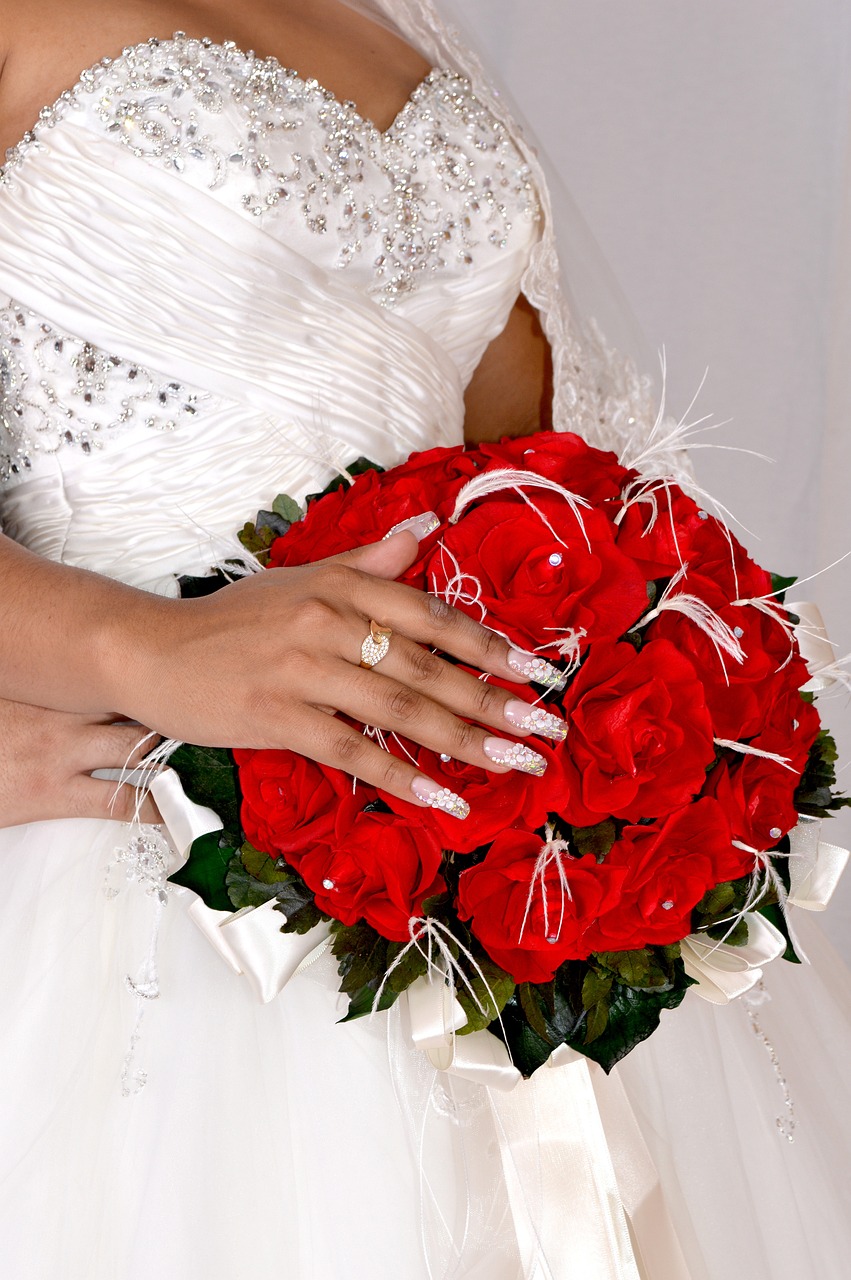
A Beginner’s Guide to Nail Art: Essential Tools and Techniques
Nail art has become a popular form of self-expression, allowing you to transform your nails into tiny canvases for creativity. Whether you’re looking to add a personal touch to your everyday look or experimenting with bold, intricate designs, learning how to create nail art at home is an exciting and rewarding journey.
If you're new to nail art, don’t worry! With the right tools and techniques, you can create stunning designs, even as a beginner. In this comprehensive guide, we’ll walk you through everything you need to know to get started, including must-have nail art tools, basic techniques, and helpful tips for mastering your first designs.
Why Nail Art?
Nail art allows you to express your personality and creativity. You can design your nails to reflect your mood, celebrate special occasions, or stay on-trend with the latest fashion. While professional nail salons offer stunning results, doing nail art at home offers the benefit of convenience and cost-effectiveness. With a bit of practice, you can achieve salon-worthy nails right in your own home.
Essential Nail Art Tools for Beginners
Before diving into nail art techniques, you’ll need a few essential tools to get started. Here’s a list of must-have items that will help you create simple yet beautiful designs:
1. Nail Polish
Of course, nail polish is the foundation of any nail art. It’s best to start with a few basic colors such as a neutral base coat, black, white, and a couple of colors that you love. As you become more experienced, you can expand your collection to include glitter polishes, pastels, metallics, and other trendy shades.
2. Base Coat and Top Coat
A base coat is essential for protecting your nails from staining and helping your nail polish adhere better. A top coat, on the other hand, helps seal in your design and adds a protective layer to prevent chipping. Some top coats also provide a high-gloss finish, which enhances the overall look of your nail art.
3. Nail Art Brushes
Nail art brushes come in different sizes and shapes to help you achieve various designs. You can purchase a nail art brush set that includes thin detailing brushes, striping brushes, and fan brushes. These tools are great for creating intricate designs such as lines, swirls, and flowers.
4. Dotting Tools
Dotting tools are perfect for beginners because they allow you to easily create dots and circular designs on your nails. These tools come in different sizes, so you can create everything from tiny dots to larger polka dots. You can also use dotting tools to create hearts, flowers, or other simple shapes.
5. Nail Striping Tape
Nail striping tape is a thin, adhesive tape used to create clean lines, geometric patterns, and color-block designs. It's easy to use and is ideal for beginners who want to add precision to their designs without freehanding straight lines. Once applied, simply paint over the tape, let it dry, and remove it for a clean, polished look.
6. Nail Stickers and Decals
If you’re not confident in your freehand abilities yet, nail stickers and decals are a great way to add intricate details to your nails without the effort. These come in various designs, including flowers, stars, geometric shapes, and more. Simply peel and stick them onto your nails, then apply a top coat to seal the design.
7. Nail Polish Remover and Cotton Swabs
Mistakes are inevitable, especially when you're just starting out. Having nail polish remover and cotton swabs on hand allows you to clean up any stray polish or correct minor errors. You can also use a small, angled brush dipped in nail polish remover for more precise cleanups around the cuticle area.
8. Nail File and Buffer
A smooth nail surface is essential for applying nail art evenly. Use a nail file to shape your nails and a buffer to smooth out ridges and imperfections before applying your base coat.
9. Cuticle Pusher
Healthy cuticles are key to achieving a clean and professional look. A cuticle pusher helps you gently push back your cuticles, creating more space to work with on your nails.
Beginner Nail Art Techniques
Now that you have the essential tools, it’s time to start practicing some basic nail art techniques. These beginner-friendly techniques will help you create eye-catching designs with minimal effort.
1. Polka Dots
Polka dots are one of the easiest and most versatile nail art designs. With a dotting tool (or even a bobby pin), you can create a variety of patterns, from classic polka dots to floral designs. Simply dip the dotting tool into your nail polish and gently press it onto your nails to create dots of different sizes.
Tip: Try alternating the size and color of your dots for a fun and playful look.
2. Simple Stripes
Stripes are a great way to add sophistication to your nails. You can create horizontal, vertical, or diagonal stripes using a striping brush or nail striping tape. For beginners, striping tape is the easiest method. Apply the tape where you want the stripes, paint over it, and then carefully peel it off once the polish is dry.
Tip: For a modern look, try creating color-block stripes by using two or more colors on different sections of your nails.
3. Gradient or Ombre Nails
Gradient nails, also known as ombre nails, involve blending two or more colors to create a smooth transition between shades. This technique can be achieved using a makeup sponge. Start by applying your base color, then use the sponge to dab a second color onto the tips of your nails, blending it into the base color.
Tip: You can experiment with different color combinations, such as pastels, neon shades, or even glitter gradients.
4. Floral Designs
Flowers are a popular choice for nail art because they’re feminine, elegant, and relatively easy to create. You can use a dotting tool to create the petals by placing dots in a circular formation. Add a smaller dot in the center for the flower’s core.
Tip: If you’re feeling adventurous, try adding leaves or vines using a fine detailing brush.
5. Negative Space
Negative space nail art involves leaving parts of your nails unpainted to create a design. It’s a chic and modern technique that’s perfect for beginners. You can create negative space designs using striping tape or by freehanding simple shapes, like triangles, hearts, or half-moons.
Tip: Combine negative space with bold colors or metallic finishes for a trendy and high-contrast look.
6. French Manicure with a Twist
The French manicure is a timeless classic, but there are plenty of modern variations to try. Instead of the traditional white tips, opt for bold colors or metallic finishes. You can also switch up the shape of the tip by creating a V-shape, diagonal line, or double line.
Tip: Use striping tape to help create clean, sharp lines for your French tips.
7. Stenciled Patterns
Nail stencils are a great tool for beginners who want to achieve intricate patterns without the difficulty of freehand painting. Stencils come in various designs, such as hearts, stars, or geometric shapes. Simply apply the stencil to your nail, paint over it, and then carefully remove it to reveal the design.
Tip: Use contrasting colors to make the stenciled design stand out against your base color.
Common Nail Art Mistakes and How to Avoid Them
While nail art is fun and creative, beginners often make some common mistakes. Here are a few tips on how to avoid these pitfalls:
1. Skipping the Base Coat
Skipping the base coat can lead to stained nails and uneven polish application. Always apply a base coat to protect your nails and ensure a smooth surface for your design.
2. Applying Thick Layers of Polish
Thick layers of polish take longer to dry and are more likely to smudge or chip. Apply thin, even layers and let each coat dry fully before adding the next.
3. Rushing the Drying Process
It can be tempting to rush through the drying process, but smudged nails are frustrating. Allow your nail polish to dry completely between layers and designs. If you're short on time, use a quick-dry top coat or invest in a nail dryer.
4. Not Sealing the Design with a Top Coat
Without a top coat, your nail art is more likely to chip or fade. Always apply a top coat to seal your design and add shine and protection.
Final Thoughts
Nail art is a fun and creative way to express yourself, and with the right tools and techniques, even beginners can achieve beautiful results. By starting with simple designs and practicing regularly, you’ll quickly build confidence and improve your skills. Don’t be afraid to experiment with different colors, patterns, and textures as you find your personal style.
Remember, nail art is all about creativity and having fun, so enjoy the process and let your nails be your canvas!
